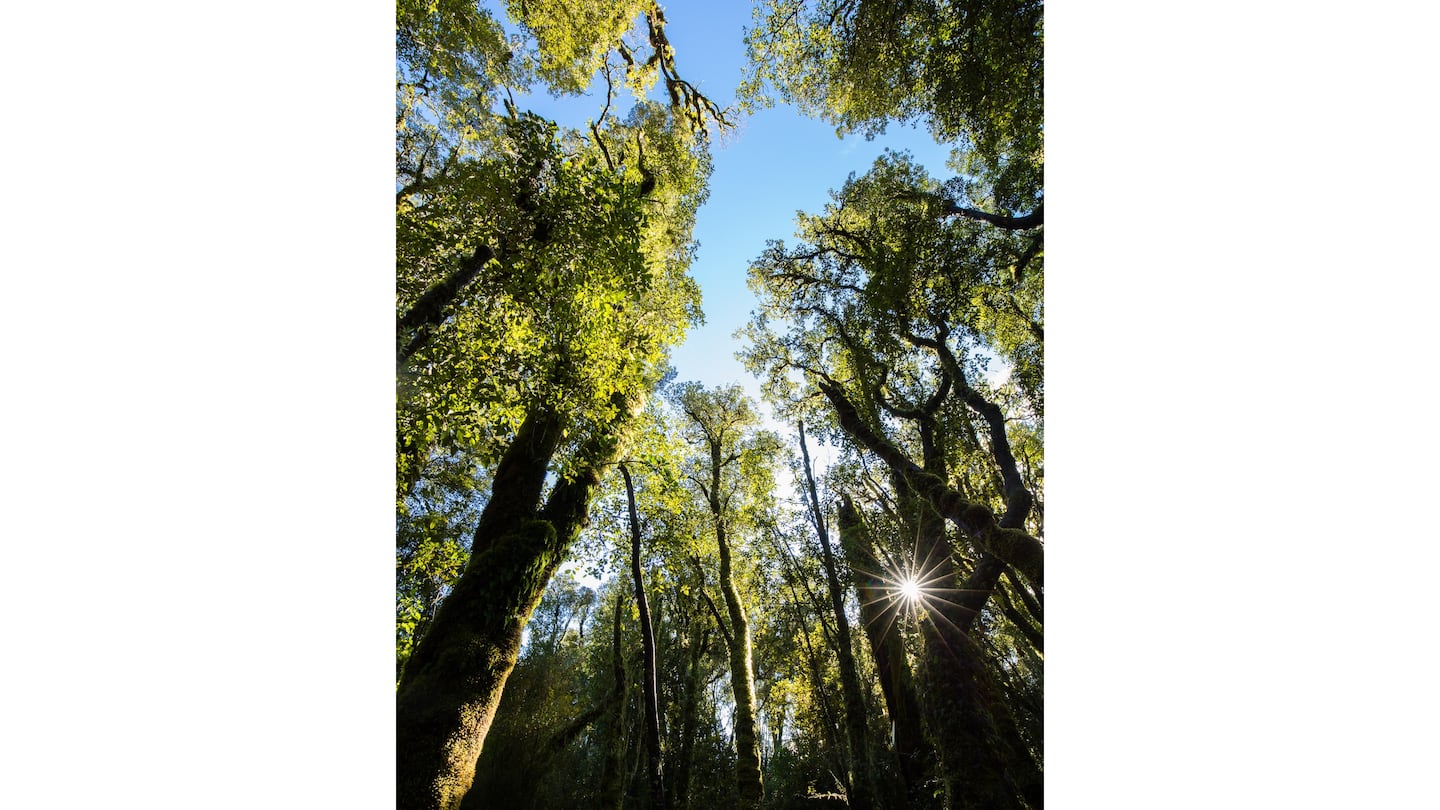A recent study of carbon storage in native forests could affect the efforts of Canterbury’s mayors to address climate change.
The National Institute of Water and Atmospheric Research Ltd (Niwa) recently completed a study of native forests and found they could be absorbing more carbon dioxide than previously thought.
The Canterbury Mayoral Forum, which brings together the region’s mayors, and Environment Canterbury (ECan) have been working to address climate change, with the forum launching the Canterbury Climate Partnership Plan in December.

While more research is needed, ECan said initial indications were indigenous forests and some grazed pasture areas in the South Island could be effective at absorbing carbon.
‘‘The recent Niwa-led study is an exciting development in the way we look at carbon in the atmosphere and the types of ecosystems that absorb carbon,’’ an ECan spokesperson said.
ECan adopted its own climate action plan last year and is reviewing its forest management strategies to address climate risks and and carbon opportunities.
‘‘We have backed native planting and restoration of ecosystems on marginal farmland as it supports climate resilience, biodiversity and water quality goals,’’ the ECan spokesperson said.
‘‘We keep up to date with research like this and take it into consideration as our plans and policies are reviewed and updated.“
Canterbury Mayoral Forum chairperson Nigel Bowen said the research findings are timely as the forum continues to address climate change.
‘‘We know that we need to work with nature to address the dual climate and biodiversity challenges we face,“ Bowen said.
‘‘We recognise the importance of our native forests and the multiple benefits that native vegetation provides, including absorbing greenhouse gas emissions and improving indigenous biodiversity.“
But Mr Bowen said while absorbing greenhouse gas emissions will help the help the country meet its international emissions reduction targets, reducing emissions at source remained the priority.
Niwa atmospheric scientist Dr Beata Bukosa said both native and exotic forests played a vital role in absorbing carbon through photosynthesis, but previous studies may have underestimated the amount of carbon taken up by native forests.
Using advanced modelling and Niwa’s supercomputer, the researchers examined a decade of atmospheric data, from 2011 to 2020.
‘‘It was thought that some areas and land use types were in a near-balance state with the absorption and release of carbon,’’ Dr Bukosa said.
‘‘Earlier estimates of how much carbon was removed by New Zealand land ecosystems ranged from a net 24 to 118 million tonnes a year.
“Our research found that New Zealand’s natural environment absorbed around 171 million tonnes of carbon annually.’’
LDR is local body journalism co-funded by RNZ and NZ On Air.


